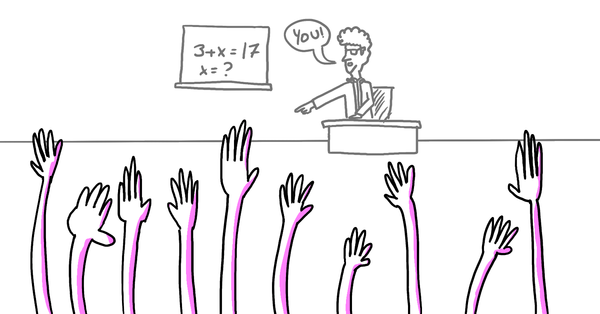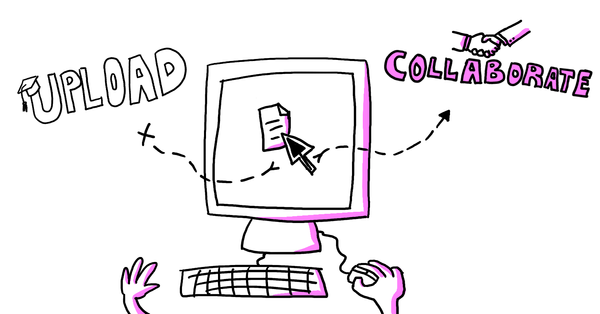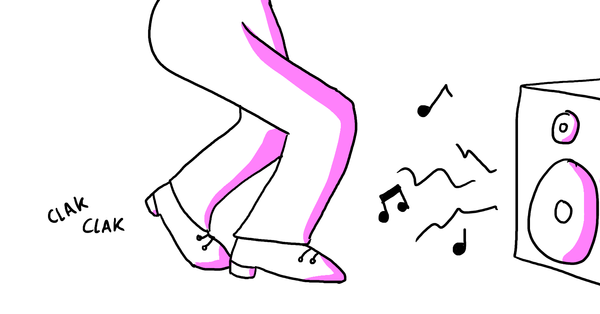Let go of anchoring bias to build more effective products
How a new app that's challenging existing video calling software reminded me of this potent cognitive bias

Last week, I tried a new video conferencing tool called Around created by a startup with the same name. Having recently raised $15 million in funding, their big claim is that their product can eliminate Zoom fatigue, the newly coined term for exhaustion caused by too much time spent on video calls.
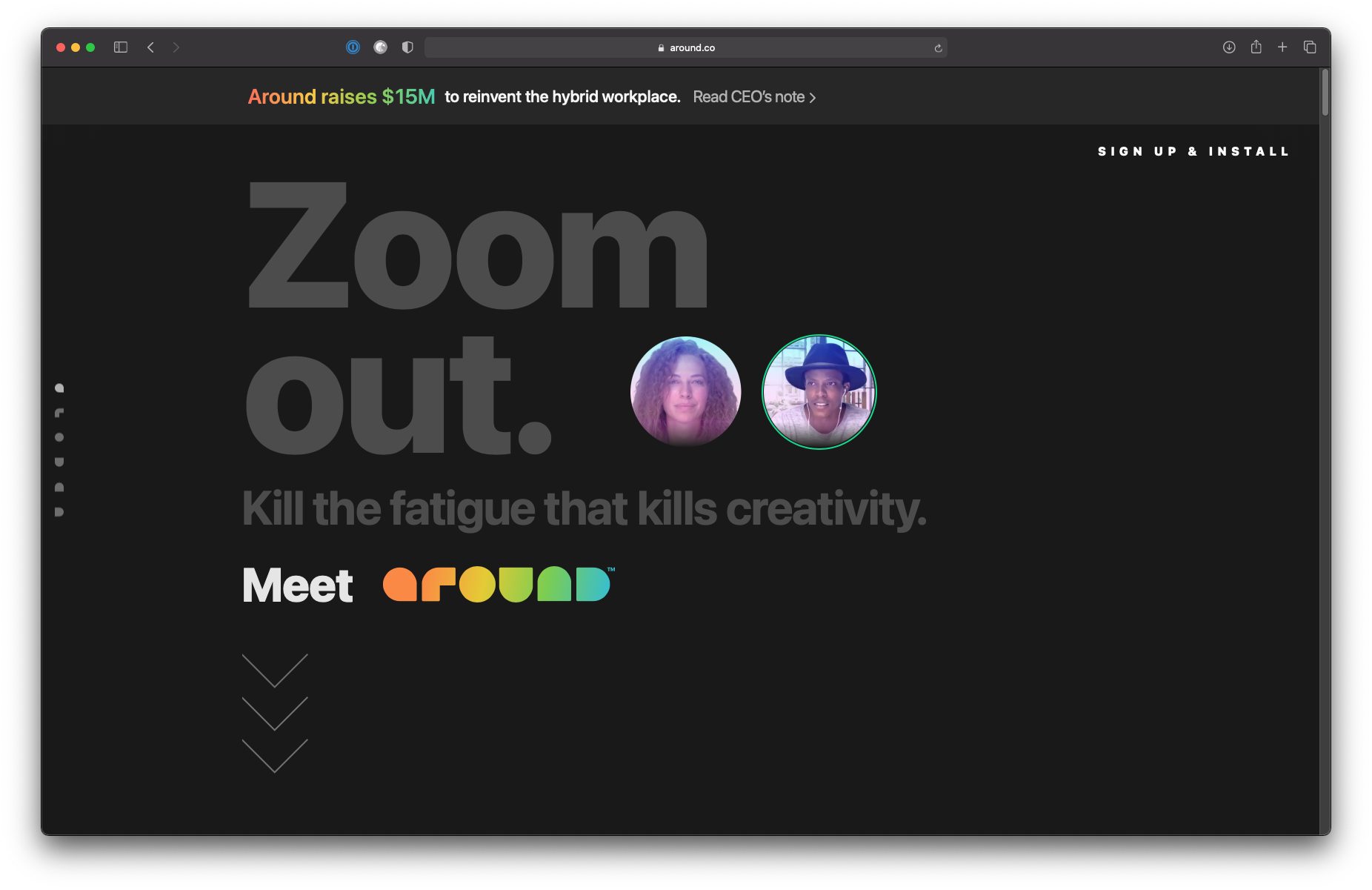
From the moment I opened Around, it was clear that the application challenges some long-standing attributes of video conferencing technology. There’s barely an interface to the app; it’s not contained in a traditional application window and the videos are cropped in tight circles around each user’s face. Compared with the Brady Bunch-style grid used by every software since Skype popularized video conferencing in the early 2000s, Around hardly feels like a business tool at all — and that's sort of the point.
Around's aim isn’t to improve video quality or add complex collaborative features like virtual whiteboards or breakout rooms. Instead, they're focused on reducing the mental strain of users worried about how they look on screen — one of the four main causes of Zoom fatigue, according to this study — and prioritizing sound quality. The minimalist app also makes it easy for teams to use their existing tools, like Slack, Google Docs, or Figma, in conjunction with Around.

This shift in focus felt to me like a wake-up call about the perils of anchoring when it comes to designing solutions. Anchoring is a cognitive bias that limits a person's ability to form an independent judgment because they’re relying too heavily on a reference point or “anchor”. This term is often used by designers and marketers to convince shoppers that a product is affordable by first showing them a more expensive option.
If I ask you to close your eyes and imagine Zoom, Skype, Microsoft Teams, WebEx, or any of the other solutions out there, what do you see? Chances are that they all blur into a grid of videos with a shared PowerPoint presentation. In 20 years, a lifetime in software innovation, it’s a shame that it took this long for a product to challenge an experience that is so widely hated (don’t get me started on the printer).
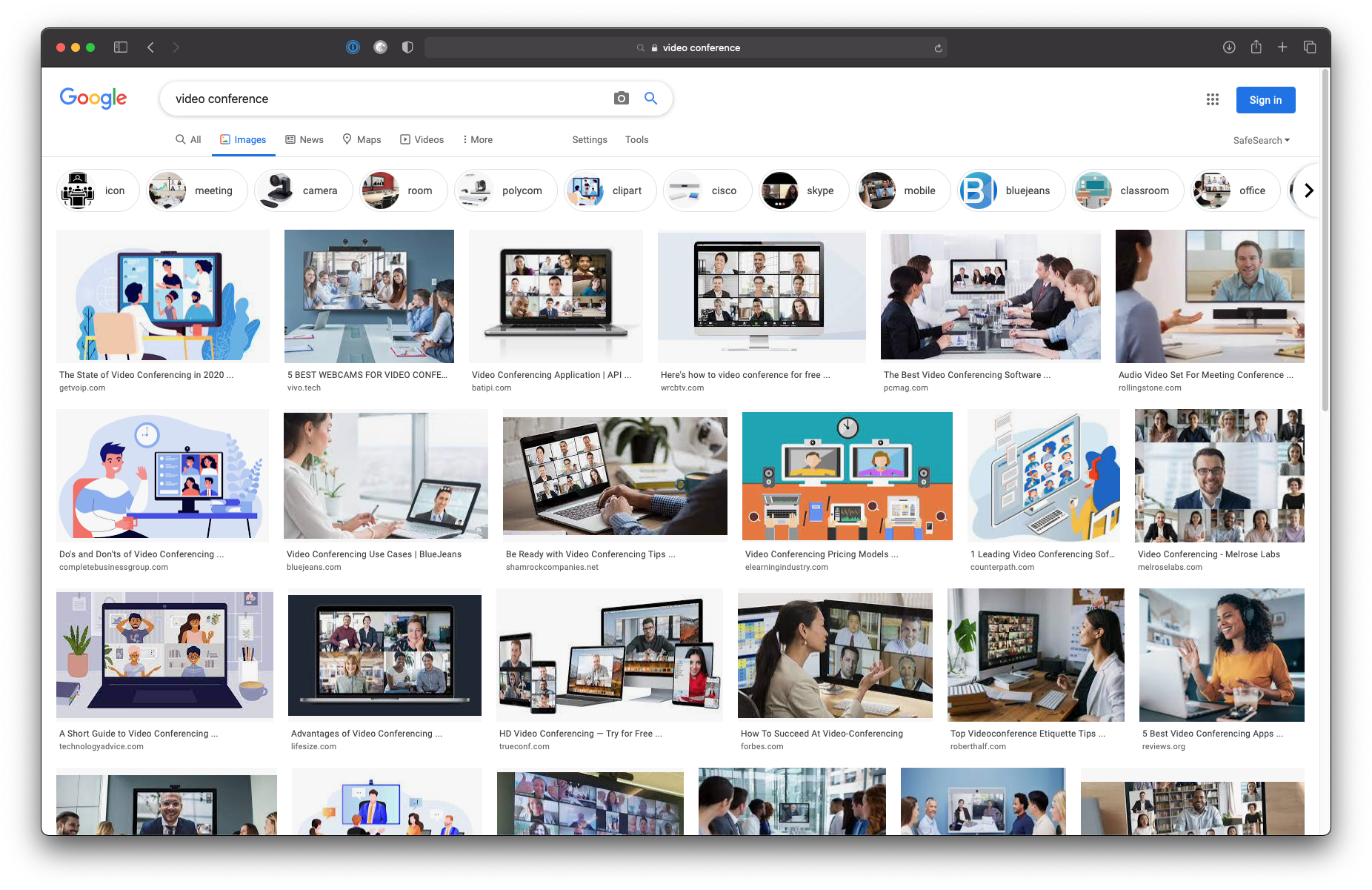
It’s about time that someone realized video conferencing software doesn't have to be the central tool that people work on, and that it should be one of many collaborative tools that people use.
Now, is Around's approach worth a $15 million investment? Only time will tell. In the meantime though, I see Around as a much needed reminder that the ways of the internet aren’t as set in stone as we’ve come to believe. When I think about the online tools we’ve built our lives around, from search engines to social media, I wonder what how we can identify the anchors in each of them. Once we do understand these anchors, I'm eager to see how we can overcome them with solutions more adapted to our new contexts.

